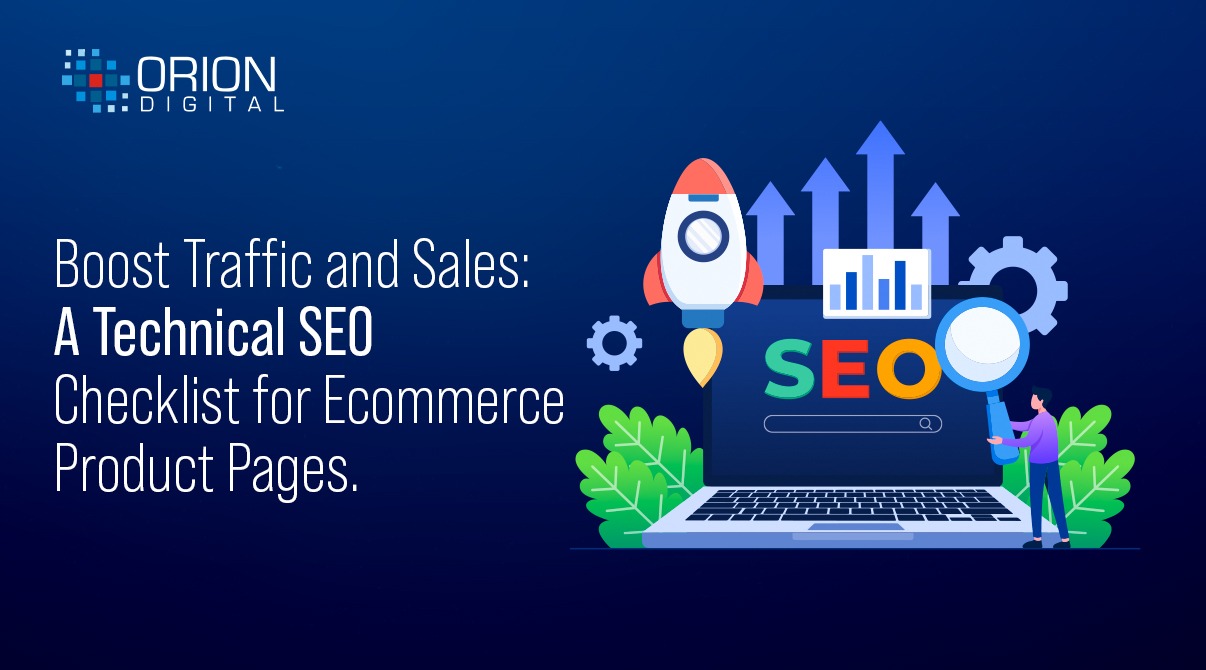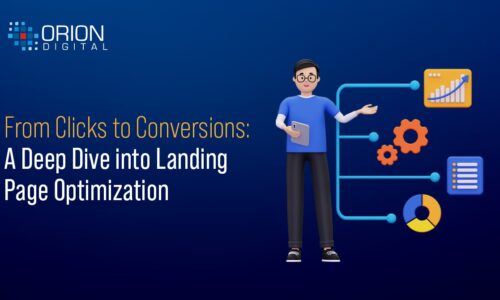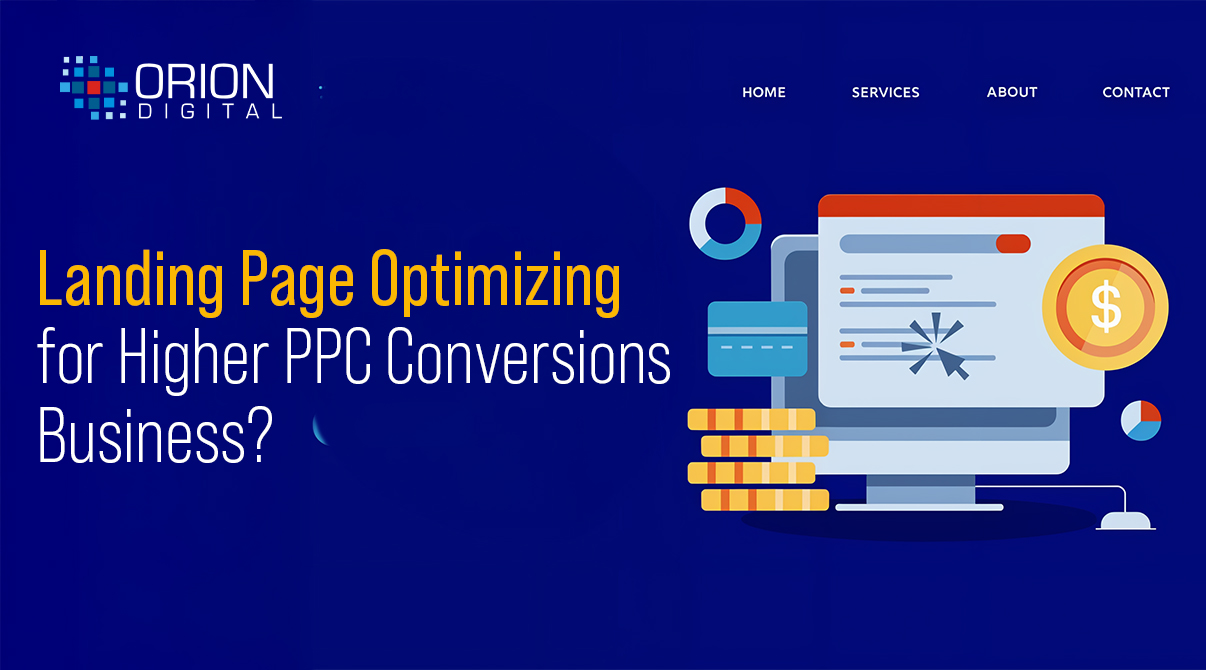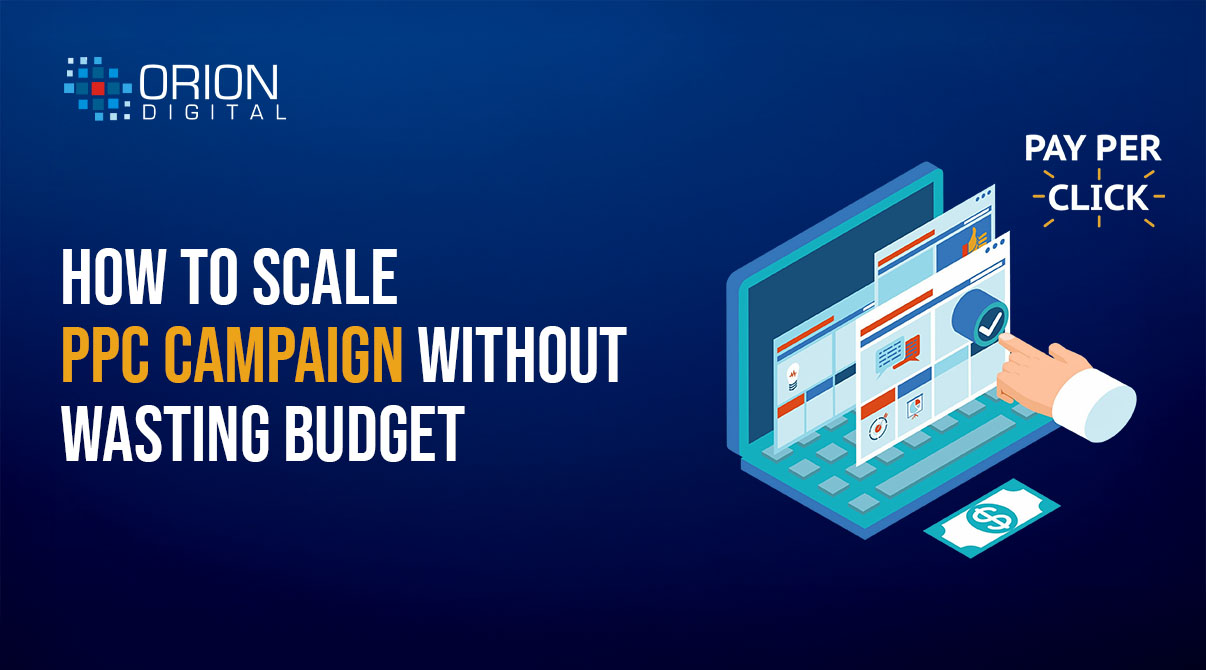
Boost Traffic and Sales: A Technical SEO Checklist for Ecommerce Product Pages.
- Naveen N
- October 29, 2024
- SEO
- Ecommerce SEO
- 0 Comments
Search engine optimization (SEO) for Ecommerce is the process of configuring one’s site towards the most suitable search engine practices and creating content out of what customers are looking for. The goal of Ecommerce SEO is to ensure that your product pages rank among the top organic search results on Google’s first page.
Websites that don’t make it into the top ten rarely get traffic; even those in positions three to five attract significantly less attention than the top spots. Therefore, in the highly competitive arena of ecommerce, it becomes very important to optimize product pages. Technical SEO can make all the difference in improving a site’s reach, drawing traffic into it, and eventually boosting its sales figures.
Within the following blog, we will offer a detailed step-by-step guide on a technical SEO checklist that can be tailored for e-commerce product pages. This will endow you with the appropriate tips that will enable you to concentrate on improving the operation of your online shop successfully.
Understanding Technical SEO
Technical SEO is the process of improvising the structure and backend of a website. It is done to increase the reach of any website and enhance its performance on search engines. Carrying out these SEO initiatives calls for collaboration with technical SEO professionals and web developers, especially for complex websites.
The scope of technical SEO is up to areas such as the speed of loading pages, the layout of the site, the protection of the site, and the site’s internal links. In achieving these aspects, it seeks to eliminate the barriers that would otherwise inhibit the crawling, indexing, and rendering of a website by search bots.
Technical SEO Checklist for ecommerce Product Pages
To build and optimize an e-commerce product page, effective search engine optimization strategies are very important as well. With this in mind, here’s a detailed breakdown of the strategies that you have to bear in mind:
1. Come Up with an Effective Keyword Plan
Know what you should aim at improving – keyword research comes first in the list of elements in e-commerce SEO. Find out which words/phrases are searched the most in your type of products in order to enhance your organic position. When starting with the keyword research, bear the following in mind:
· Search Volume: Target as much as possible high search for keywords.
· Keyword Competition: Concentrate on moderately competitive and easy-to-rank key phrases.
· Search Intent: What the users who search for fluent in a certain language wish to gain through their search
For every product page, choose one main target keyword and a couple of related LSI keywords. Do not stuff the body with too many keywords. For example, rather than just focusing on the term ‘mascara’, one should use long tail keywords such as ‘premium quality mascara’ or ‘best non-clumping mascara’.
2. Provide Meta Description Optimization
Meta descriptions are shown below the title in search results and while they do not have any impact on rank, they do impact the click-through ratios (CTR). So, how should you write an effective Meta description?
· Make sure the number of characters does not exceed 155, nor is it lower than 70.
· Use your main target keywords.
· End with a compelling and straightforward call to action.
3. Add Structured Data
Implementing structured data benefits brands by enabling rich snippets and therefore more clicks and higher conversion rates. Ensure that product and review schemas are included on every product page to provide Google with clear information about your offerings.
4. Write Compelling Descriptions for the Products
The product description is all about the feature that attracts the customers. It is also a good way of including more keywords. Try to talk about the problem customers have, tell them the essence of the goods and remember to include standard details like size, colour, etc.
5. Provide Images and Videos of Good Quality
The presence of good-quality images and videos improves the experience of online shopping since the customers gain more confidence in their purchases. For instance, there should be images of the product, a video showing how to use the product and even a video of the customer such that they provide information in detail.
6. Provide a Section for Frequently Asked Questions
One must think about the fact that questions constitute approximately 8% of all the searches. Therefore it is reasonable to place such questions and answers at the product page in the product page Q&A section. Implement FAQ Schema to help your product page appear under Google’s People Also Ask.
7. Include Product Evaluation of Customers
The presence of user reviews on product pages leads to a remarkable increase in conversions. Suggest to the users to express their opinions, because there are many such opinions and they are very helpful for trust and for Google as well. Along with the reviews underground, do not forget to apply a review schema marking up these reviews.
8. Page Speed Optimization
Any visitor can be easily discouraged by a website taking too long to load. Make the optimization of your page speed but always ensure that there is a good user experience using Google page speed insights to analyze the speed and give suggestions for improvement.
Conclusion
As with the other pages of a website, for instance, the category pages or the blog postings, the product pages should also be optimized. Failure to do so would equate to a loss in revenue and potential customers. By employing the tactics discussed above, no one should see any justification for underinvestment in the product pages. Best practices related to product page design can be adopted straight away that will improve the SEO as well as the customer experience and the shopping on the website as a whole. Overall this will cause a great increase in the conversion rates that you experience.






